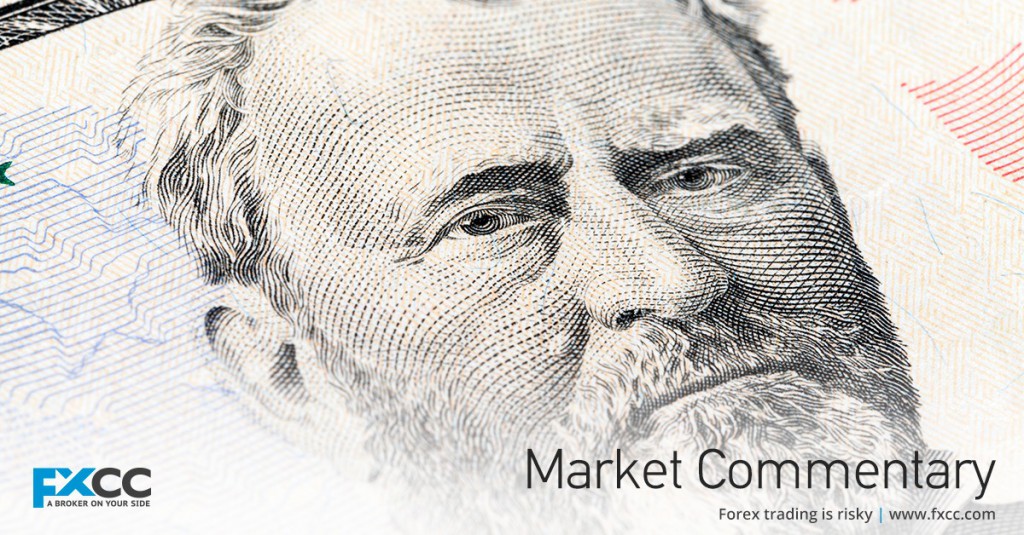On Tuesday February 5th at 3:30am U.K. time, the RBA (Reserve Bank of Australia) will announce its latest decision, regarding the key interest rate for the Australian economy. Referred to as the “cash rate” in Australia, the forecast, from the economists polled by Reuters and Bloomberg, is for the rate to remain unchanged at the record low of 1.5%, where it has remained unchanged for a record period of time; since mid 2016.
Once the interest rate decision is published, the focus of the FX industry will quickly shift to any statement the RBA Governor Lowe makes and press conference he holds, that will perhaps accompany the interest rate decision. In his previous statement after the December rate hold announcement, Governor Lowe cited the relatively benign inflationary pressures and steady GDP growth in the country, as the key rationale for the bank’s committee, to maintain the rate at its record low.
The latest available inflation figures reveal inflation at 1.8% for December in Australia, falling from 2.1% in July 2018. GDP growth for Q3 in 2018 slumped dramatically, compared to the previous quarter; falling to 0.3% from 1.0% in Q1. House prices in the major cities such as Melbourne and Sydney, which were declared out of control at one point during Australia’s recent economic boom, have fallen significantly year on year. Whilst housing approvals have slumped dramatically, according to data revealed on Monday February 4th, falling circa -22% year on year. Unemployment fell from 5.5% to 5% in 2018.
Taking all the afore mentioned into consideration, it would prove difficult for any FX or wider market analyst, to justify any rationale the RBA would have for raising the cash rate, due to the negative impact it could have on the economy. The Australian economy, the globe’s fourteenth largest when measured by GDP, doesn’t appear strong enough to withstand a hawkish programme of rate rises, to begin a lengthy process of interest rate normalisation.
Despite the forecasts and overall economic performance pointing to a hold of the cash rate, FX traders who specialise in trading AUD, or traders who prefer to trade high impact calendar releases, should diarise the release, to ensure they’re fully prepared for the release and any market reaction to the announcement. Liquidity of the FX markets can be significantly reduced during the Sydney-Asian trading sessions, which can often lead to whipsaws and trading opportunities developing, irrespective of a high impact economic calendar result matching


